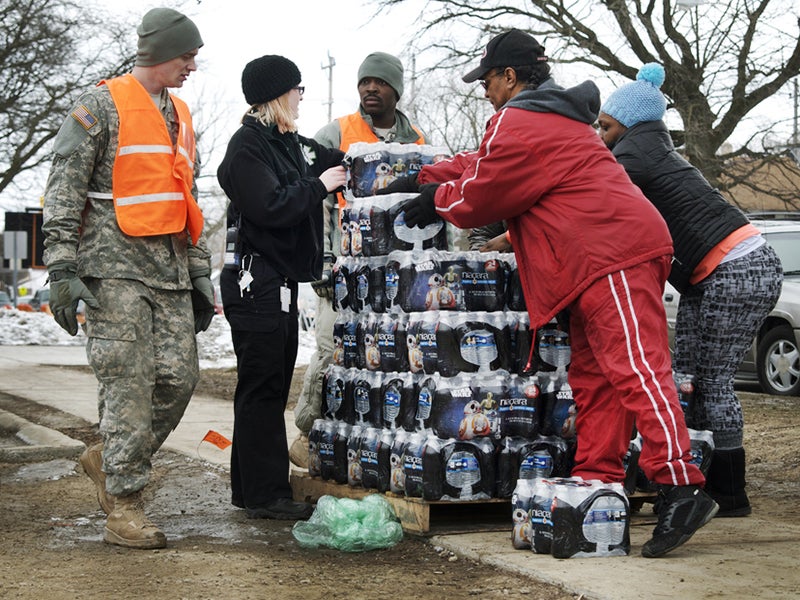Troubled Waters: Inside the Fight to Protect Our Waterways
On this UN World Water Day, we invite you to tap into the fight to protect America’s waterways from pollution.

This page was published 9 years ago. Find the latest on Earthjustice’s work.
The nation woke up to a manmade crisis in Flint, Michigan, last December, after news broke that unsafe levels of lead were found in the city’s tap water.
Though the tragedy in Flint has captured the country’s attention, it is hardly the sole example of crisis in America’s waters. Lake Erie’s toxic algae outbreaks, caused by polluted runoff, have sent beachgoers home with rashes and hives. Orcas in Washington state’s Puget Sound carry high chemical body burdens after years of exposure to stormwater runoff. Wetlands and desert washes—critical to wildlife—are filled and paved by rampant development.
At first glance, these incidents may seem unrelated, but a closer examination demonstrates that they’re connected to one undeniable truth: The nation’s clean water regulations are under brutal attack.
The 1972 Clean Water Act, in particular, one of the country’s most influential environmental laws, has been battered over the past decade. In spring 2014, the EPA and the U.S. Army Corps of Engineers attempted to bolster the act by issuing the Clean Water Rule—a guide to how, where and when the Clean Water Act should be used to protect U.S. waters.
The agencies’ efforts were condemned from the outset. Special interest groups and their political allies successfully weakened the rule by, for example, excluding many waterways from protection. Once the rule was finalized, those same interests went even further, unleashing a suite of all-out battles to stop the rule’s implementation altogether. Many of these fights, now taking place in courtrooms across the country, may eventually be consolidated into a single case brought before the Supreme Court.
Earthjustice is at the forefront of these clashes, challenging the weaker parts of the rule while also supporting its many protective provisions. At the heart of our cases are the many people who love their local waterways and work fearlessly to protect them. They believe everyone has a right to clean, healthy water. And since all waterways are connected, in order to protect one source, you have to protect them all.
This is the first in a six-part blog series. The Waters of the U.S. series tells the stories of five courageous folks working to protect their beloved local waterways and to push the federal government to strengthen the EPA’s Clean Water Rule.